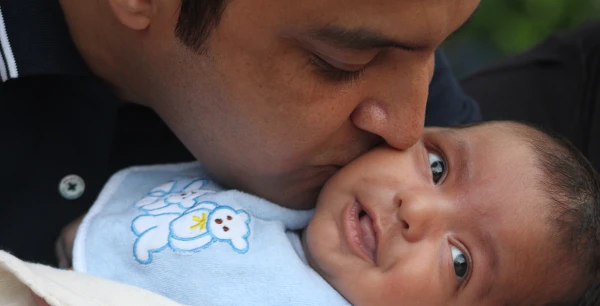Would you like me to answer your baby sleep problem in my next video? If so, scroll down and submit your question in the comment section below. I will pick several questions a month to answer and post them here on the blog!
Hi, Kim West, The Sleep Lady here, and in today’s vlog, I’m going to answer this parent’s question:
“My son will go to sleep wide awake at night on his own, but will still wake up two times during the night and he is 10 months old. Why can’t he put himself back to sleep in the middle of the night? What do I do?”
Understanding Drowsy But Awake
This is a very common question, so you’re definitely not alone! Does your son know how to put himself to sleep at bedtime and for the onset of sleep with naps? I assume this is the case, as you said he is “wide awake”. Make sure that his bedtime is at an appropriate time between, 7 and 7:30 p.m.? What’s happening in those 5 minutes (or even 2 minutes) before you put him in the crib? Is the light on? Is he totally awake? Or is he only somewhat awake, for example his eyes are open, “I see you,” and then, “I’m asleep within 2 minutes,” because that’s probably not awake enough even though it might seem to you that it is.
Naps are Important
The other thing you can do is to make sure that he’s well-napped, because a nap-deprived baby (or toddler, or child) will cause night awakenings and early rising. This is hard because they’re so sleep deprived during the day that at bedtime, they just go out cold and then they wake up multiple times during the night, and then too early to start the day. So again, I don’t know what’s happening with him with naps, but I do want you to look for that.
Understanding Falling Asleep
It’s possible that he has the beginning parts of the skill of learning to put himself to sleep, meaning the onset of the sleep. So, at bedtime and naptime he can do it without help from you. However, he hasn’t gotten the second half of that lesson, which is how to put myself back to sleep after I’m a little bit more rested than I was at the onset of sleep.
Use The Shuffle
You’ll need to sleep coach him through those night awakenings (whether there’s any other thing that’s going to have to happen like night weaning), and you could easily do The Shuffle for all of his night awakenings, and then move out slowly as outlined in my book and in my courses. Once you’ve got the hang of it, you can do the same thing for naps.
Video filmed by In Focus Studios
If you have experienced a similar situation, please share! Supporting each other makes parenting so much easier!



